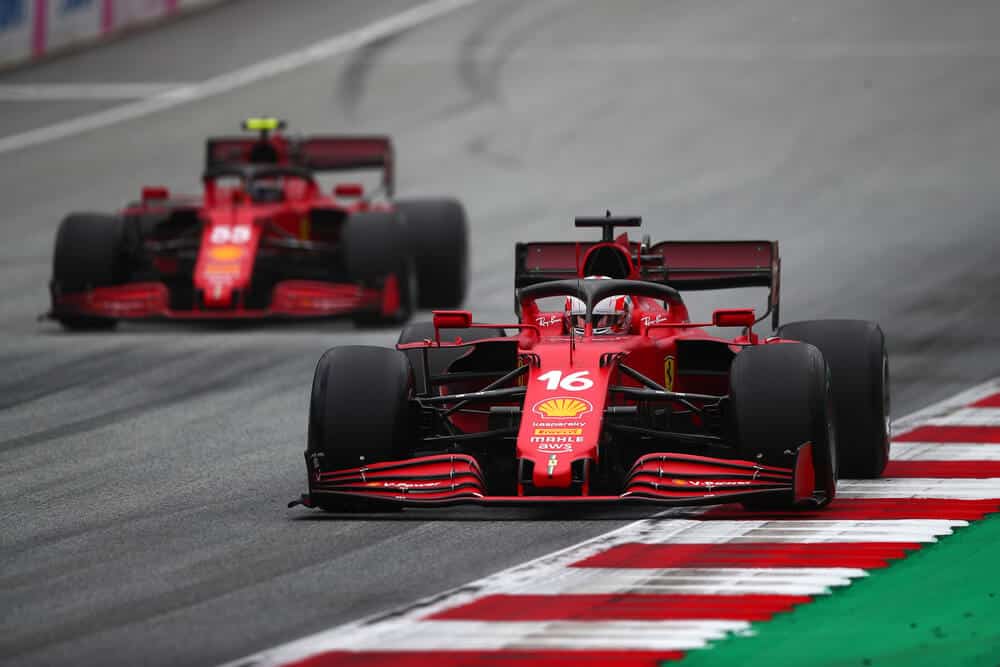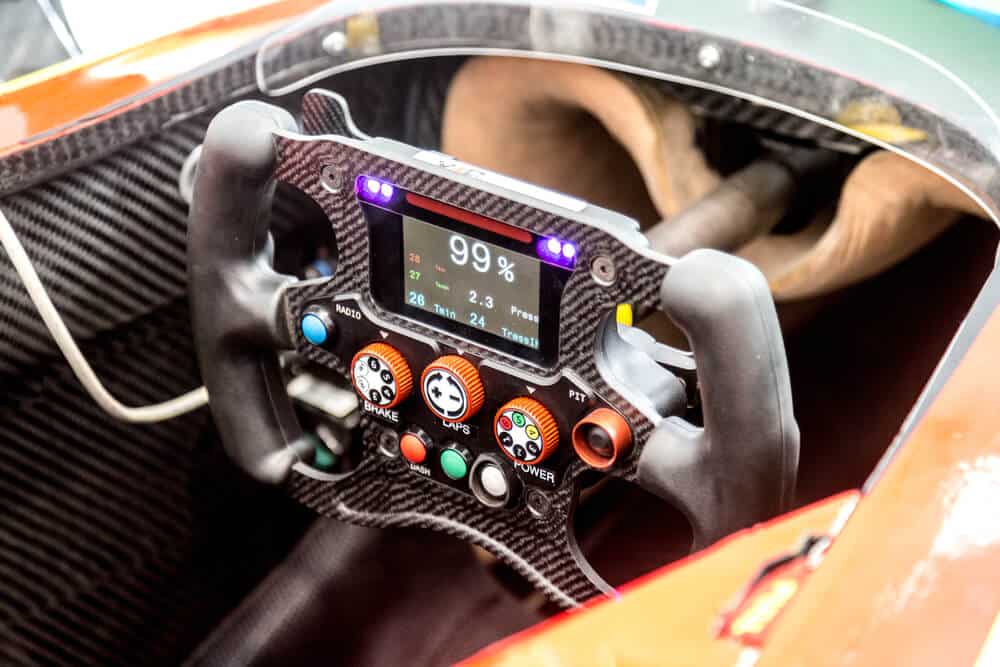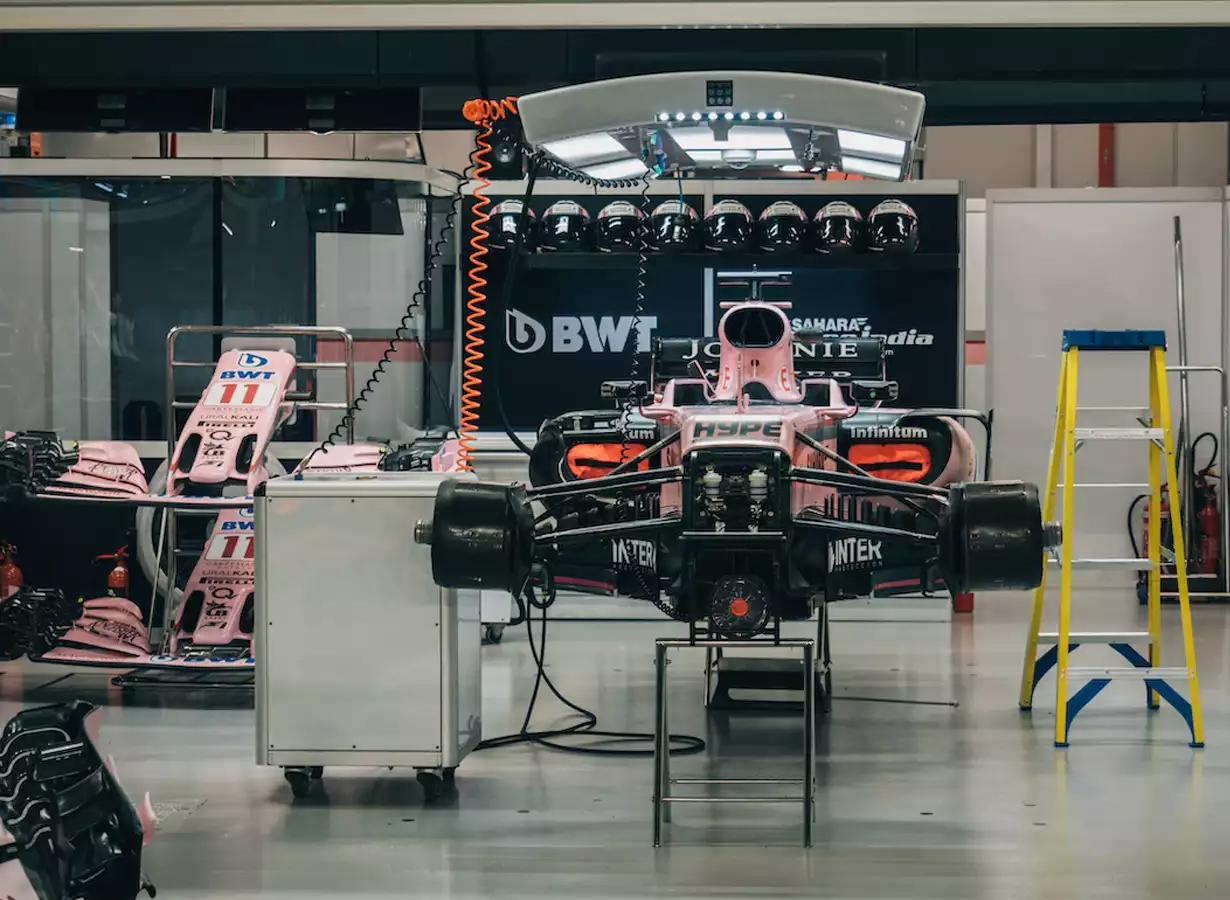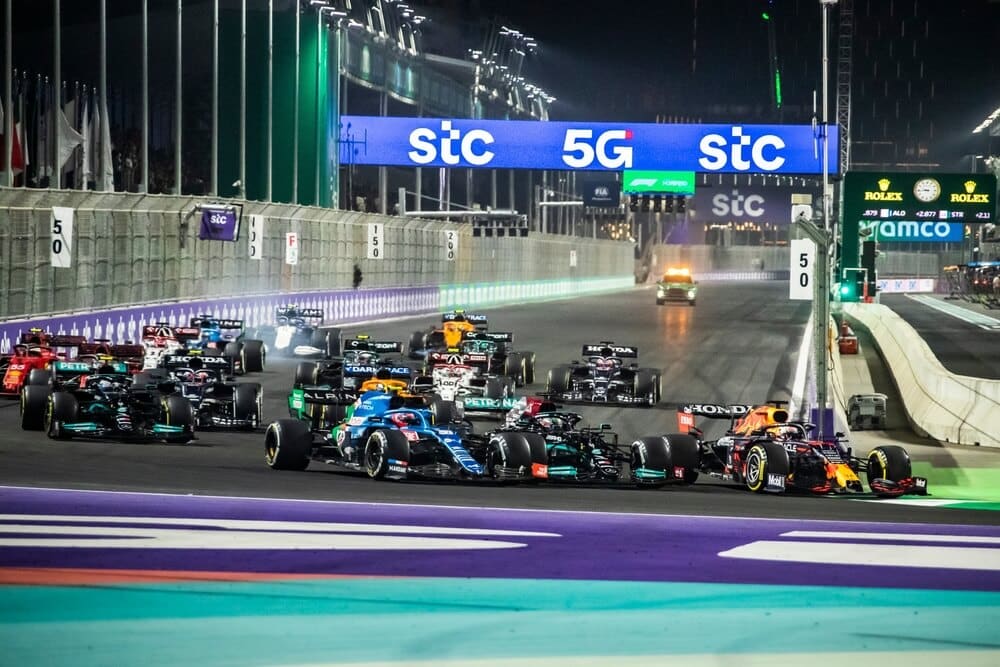In the high-speed world of Formula One, pit stops play a critical role in a team’s success on the track. A well-executed pit stop can mean the difference between a win or a loss. And the In Lap is a crucial part of that equation.
An In Lap is the final lap a driver takes before entering the pit lane for a scheduled pit stop. During this lap, the driver must adjust their driving style and prepare the car for the pit stop. At this time the pit crew must be ready to make the necessary adjustments to the car. And they need to do it in the shortest amount of time possible.
In this article, we will explore the importance of In Laps in Formula One. Including what they are, how they are executed, and how they can impact the outcome of a race.
Table of Contents
What is an In Lap in Formula One?
An In Lap in Formula One is the final lap a driver takes before entering the pit lane for a scheduled pit stop.
Importance of the In Lap in a pit stop strategy
The In Lap is an essential component of a successful pit stop strategy in Formula One. It allows the driver to prepare the car for the stop. During the in lap the pit crew prepares to make any necessary adjustments quickly.
Factors that affect the length of an In Lap
Several factors can affect the length of an In Lap. Some of them being the location of the car on the track and the length of the pit lane. The condition of the car’s tires can also be a factor of the length. Other factors, such as the weather and the fuel levels, can also impact the length of an In Lap.
Key takeaways
- An In Lap is the final lap a driver takes before entering the pit lane for a scheduled pit stop.
- In Laps are an essential part of a successful pit stop strategy, as they allow the driver to prepare the car for the stop, while the pit crew prepares to make any necessary adjustments quickly.
- Several factors can affect the length of an In Lap, including the location of the car on the track, the length of the pit lane, and the condition of the car’s tires.
- Clear communication between the driver and pit crew is vital during an In Lap to ensure a smooth and efficient pit stop.
- Telemetry and data analysis play a critical role in the success of an In Lap, enabling the team to make informed decisions and optimize the pit stop strategy.

How is an In Lap executed in Formula One?
Importance of communication between driver and pit crew during an In Lap
Effective communication between the driver and pit crew is vital during an In Lap. Drivers must provide feedback on the car’s condition, while the pit crew provides critical information on the upcoming pit stop.
Clear communication ensures that the pit crew is ready to make the necessary adjustments to the car. The drivers job at this time is to enter the pit box as efficiently as possible. It also allows the team to make any necessary changes to the pit stop strategy, based on real-time information from the driver.
In summary, effective communication is key to a successful In Lap and can be the difference between a win or a loss.
Telemetry and data analysis during an In Lap
Telemetry and data analysis play a critical role in the success of an In Lap. By providing real-time information on the car’s performance the team can make necessary adjustments and optimize the pit stop strategy. It could be adjustments such as tire wear and fuel levels.
Additionally, telemetry and data analysis enable the team to monitor the car’s speed and position on the track. Ensuring that the driver reaches the pit box at the optimal time.
Overall, the use of telemetry and data analysis during an In Lap is a crucial aspect of the pit stop strategy, enabling the team to make informed decisions and gain a competitive advantage.
Examples of In Laps in recent Formula One races
In recent Formula One races, In Laps have played a significant role in determining the outcome of the race. In the 2021 Monaco Grand Prix, Lewis Hamilton executed a brilliant In Lap to gain an advantage over Max Verstappen. It led to Lewis ultimately winning the race.
At the 2020 Belgian Grand Prix, a well-timed In Lap by Lewis Hamilton allowed him to maintain his lead over a fast-closing Verstappen. Similarly, in the 2019 German Grand Prix, Hamilton’s Mercedes team used telemetry and data analysis to execute a well-timed In Lap, allowing him to make up valuable time and win the race.
These examples demonstrate the importance of In Laps in Formula One racing and the critical role they play in the pit stop strategy.
Frequently asked questions
What is the purpose of an In Lap in Formula One?
How long does an In Lap usually take in Formula One?
What happens during an In Lap in Formula One?
Conclusion
In Laps play a vital role in Formula One racing, allowing teams to gain a competitive advantage by optimizing their pit stop strategy. With clear communication between the driver and the pit crew, and the use of telemetry and data analysis, teams can make informed decisions and gain a crucial edge on the competition.
By understanding the importance of In Laps and the factors that affect their success, teams can achieve a well-executed pit stop strategy and improve their chances of victory on the track.
Article sources
Learn more about Formula One
Want to learn more about F1? Then visit our Formula 1 glossary and dictionary.



